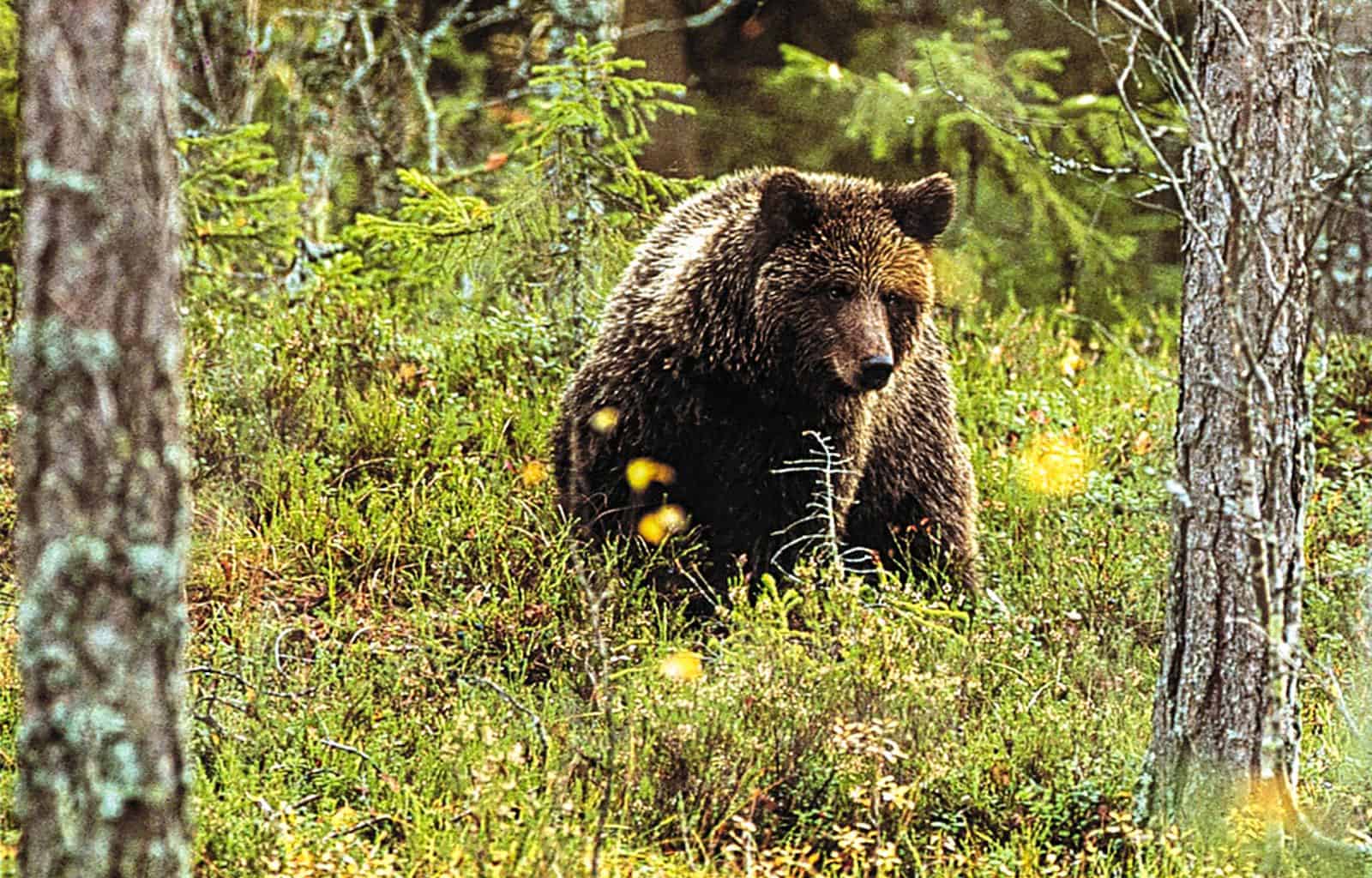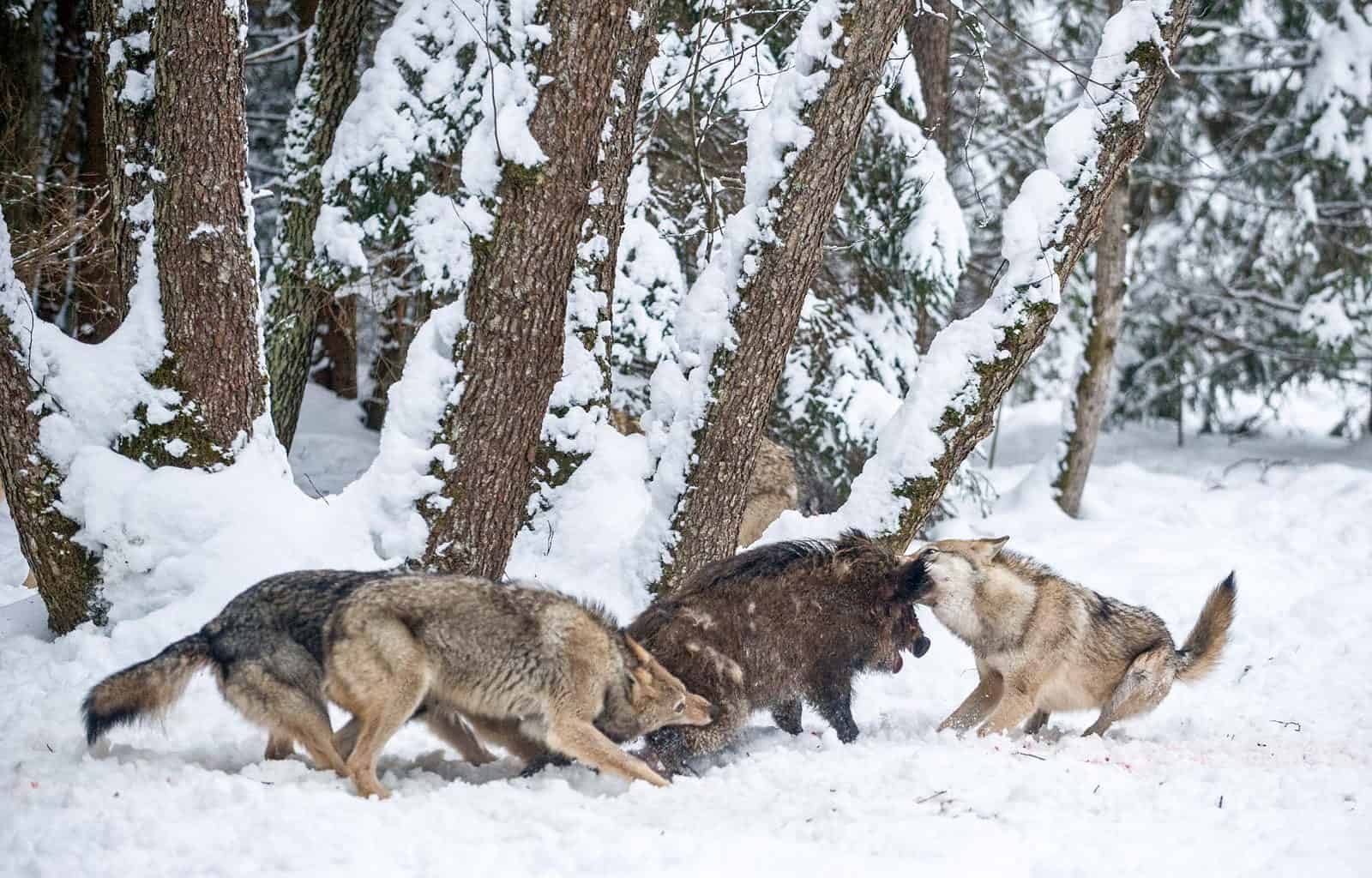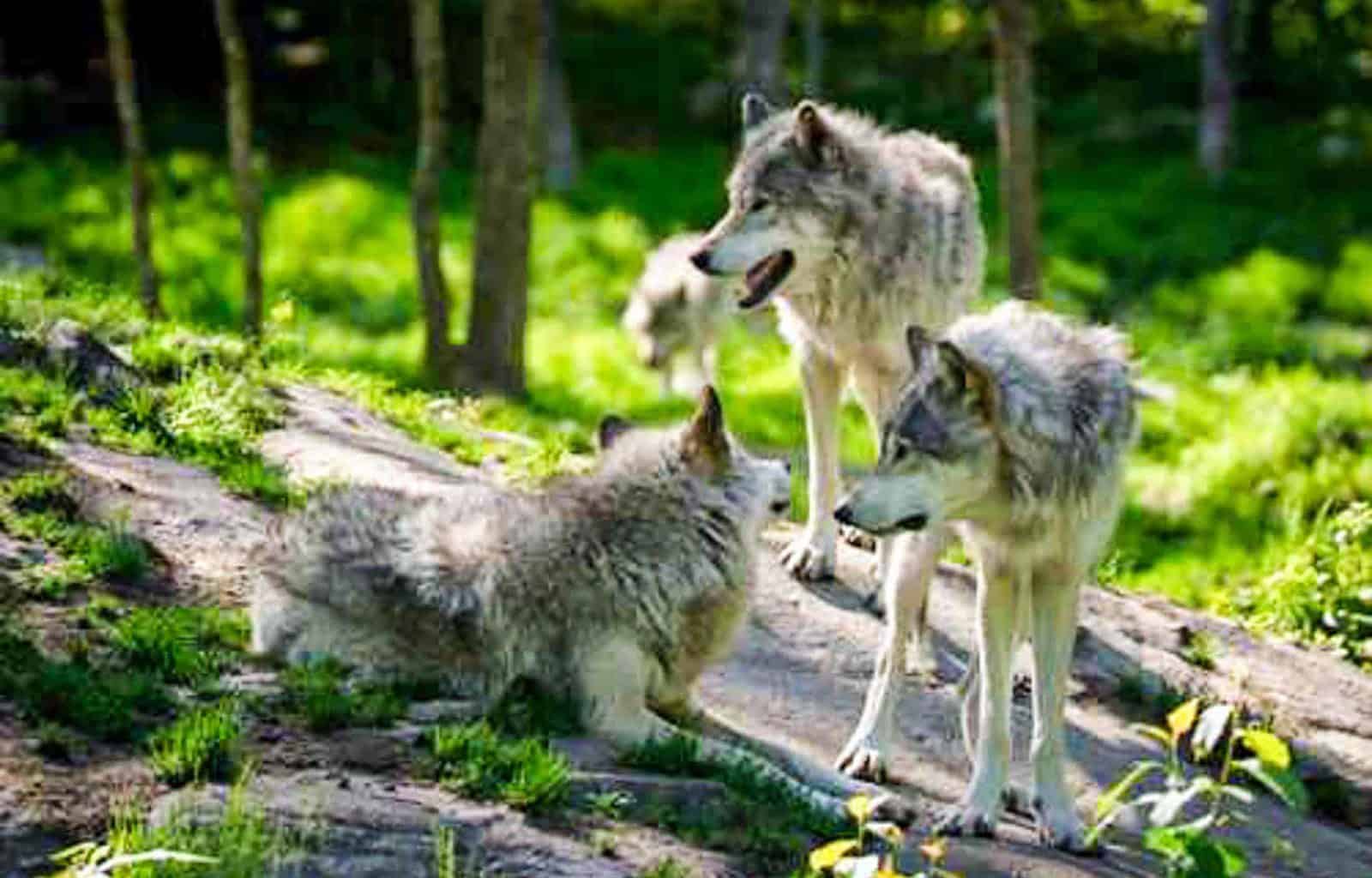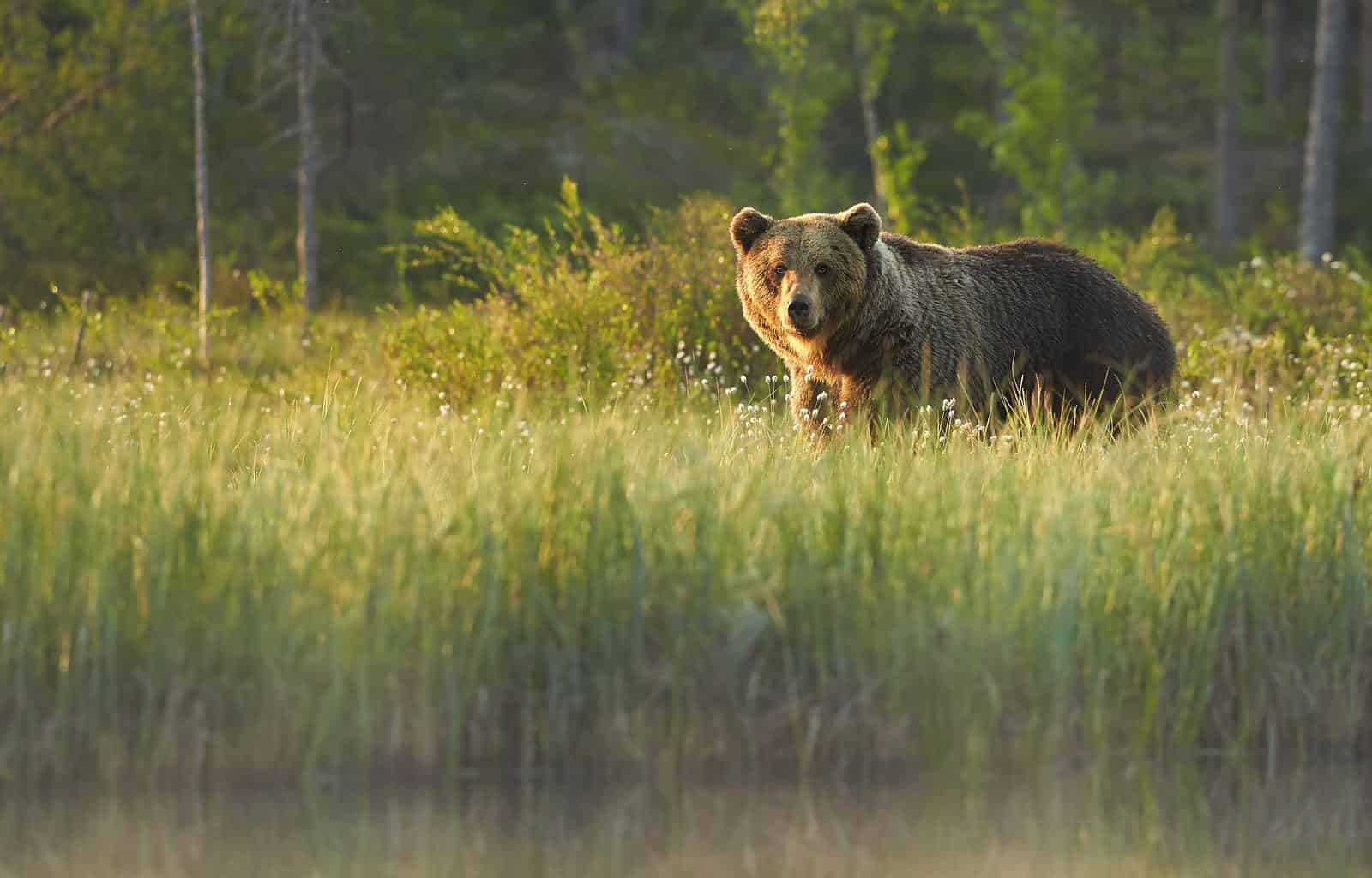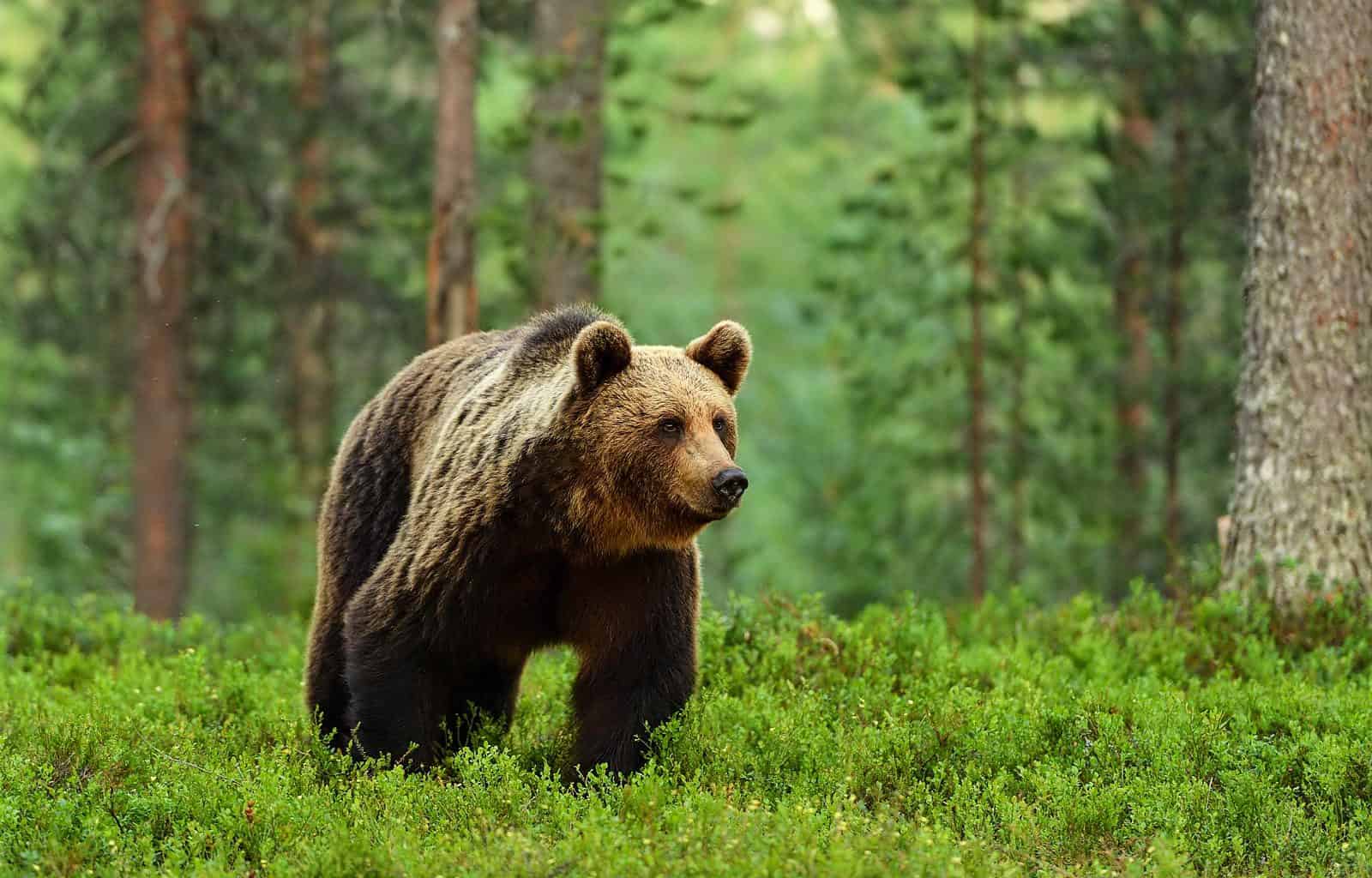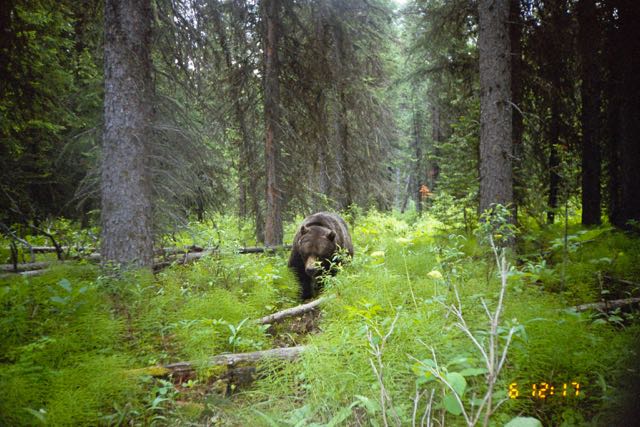The return of the Siberian Tiger?
The tiger is simultaneously one of the most iconic, beloved and promoted but also one of the most threatened species in the world. It used to be spread out all over the biggest continent on this planet, Asia. At the start of the last century, there were probably over 100 000 tigers in South-East Asia, Northern and Central Asia, India, China and even in the Caucasus. But the fate of many large carnivores hit the tiger especially hard. Humans hunted them for reputation, fun, traditional medicine and because of fear across its distribution.
By the 1970s, the population had dropped by over 95% to around 4000 animals. Several subspecies or populations went completely extinct. The northernmost subspecies (or population), the Siberian or Amur tiger closely escaped this faith with only a few hundred individuals left in the wild. The population between Caucasus, Altai and Himalaya, sometimes called the Caspian tiger, was extinguished. So today, we can only find the Siberian tiger in the far east of Russia plus a few individuals in China and possibly North Korea.
Close safe of the Siberian tiger
Fortunately, massive efforts of international NGOs like WWF as well as local organizations and officials could save the species. A current census in Russia with hundreds of people involved is finally hinting towards a recovery of the species. According to preliminary numbers, the numbers has risen by 15% in the last ten years to around 600 animals.
In 2013, Russia has launched an Amur Tiger center to promote the species. China also pushed the subspecies by starting monitoring in 2005. The initial survey found no proof of Siberian tigers in China. But ten years later, at least 27 tigers lived in China. The most important step was the establishment of the “Northeast China Tiger and Leopard National Park” in 2017.
By 2015, China saw populations of at least 27 Siberian tigers and 42 Amur leopards.
A next step on the horizon is the active reintroduction to Central Asia, specifically Kazakhstan. The first steps were already taken in 2017, when WWF and officials started preparing habitats for tigers in Eastern Kazakhstan close to Lake Balklash. They plan to create a population of 35 predators within the next 30 years. The first translocations are supposed to happen in 2025.
In February 2022, WWF Russia presented a study that showed that there is suitable habitat in Kazakhstan for up to 120 tigers. Important steps to improve the living conditions for tigers is to regenerate the populations of deer and other prey species that suffer from hunting, draughts and land conversion. This project could be another step towards restoring ecosystems into a state where herbivores and predators regulate each other and create a balance. One step more towards a wilder world.


